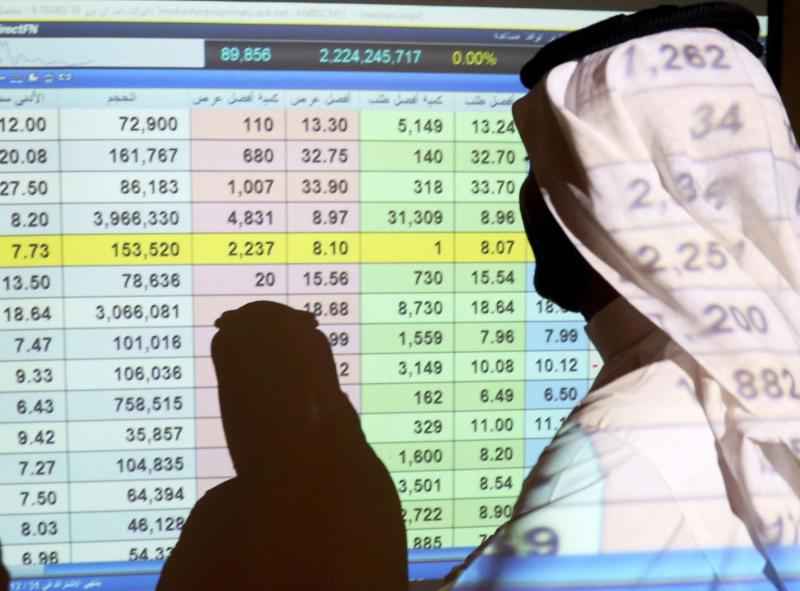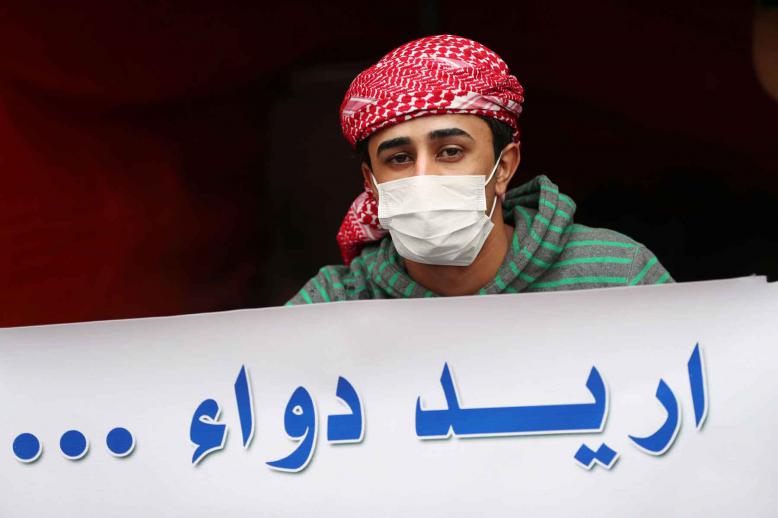Saudi Aramco navigates uncharted waters amid global oil rout
Saudi Aramco is navigating uncharted waters as it faces a possible lengthy recovery in global oil demand and crude prices.
The unprecedented agreement by OPEC members and independent producers to take a historic amount of oil off the market beginning next month means that even as the Saudi state oil and gas giant is slashing its crude production, it is aggressively working to secure market share in at least one priority market through pricing, volume and deferred payment incentives.
OPEC leader Saudi Arabia was a principal player in the historic mid-April agreement by a collective of major oil producers to reduce global oil supplies by at least 15 million barrels a day (bpd) beginning May 1 in response to the crushing impact of the coronavirus pandemic on global oil demand.
In helping negotiate the pact, the kingdom ended a month-long price war with Russia involving elevated oil output that contributed to a steep decline in oil prices and added to the global oil glut. Concerns over whether the drastic actions taken by the group of oil producers will be enough to match the 20-30% plunge in worldwide demand, as global storage facilities fill up with unwanted crude barrels, saw the May contract price of US benchmark crude West Texas Intermediate slide sharply into negative territory for the first time on April 20.
With Saudi Arabia accepting a 2.5 million bpd output cut as part of the global reduction deal, Saudi Aramco reported April 17 that it would be supplying domestic and foreign customers with 8.5 million bpd beginning May 1, down from the company’s peak output of around 11 million bpd reached during the brief price war.
Saudi Aramco is making sure there is no erosion in its largest customer base — the Asian market — because of lower demand and strong competition from other producers that also target that region, particularly Russia.
The Saudi state energy firm in recent years has dedicated nearly three-quarters of its crude exports to Asian clients. In 2019, the kingdom overtook Russia as China’s largest crude supplier, exporting 1.67 million bpd to Asia’s largest oil-consuming nation, compared with Moscow’s 1.55 million bpd.
Saudi Aramco is reportedly supplying its Asian customers with 4 million bpd of its crude exports in May, down approximately 2 million bpd from pre-pandemic levels. The company has informed some of its Asian clients that they will be receiving their full contractual volumes for May, although it is adjusting the ratio of its supplies to boost its more profitable Arab Light sales at the expense of Arab Heavy supplies.
The Saudi state oil firm sliced its official selling prices (OSP) for its crude grades to Asia for the second month running, signalling not only that it is heeding Asian customers’ requests for better terms amid weak demand but that it is fending off efforts by other producers to encroach on Saudi market share in the region.
After Riyadh launched its price war in March, Saudi Aramco immediately announced a record cut in its April OSPs for its Asia-destined barrels, amounting to $4-$6 price reductions. Its May OSPs for Asian customers amounted to a further $2.95-$5.50 drop.
Given the current market turmoil, the Saudi oil and gas conglomerate is rejecting some of the speculation regarding its marketing moves in key markets. In response to a media report saying that Saudi Aramco was offering some struggling Asian and European refiners 90-day deferred payment options, the Saudi firm stated on April 15 that “contrary to a recent media report, Aramco has not made any offers of extended payment terms to crude oil sales.”
A report by oil tanker analytics firm Tanker Trackers that Saudi crude exports to the United States doubled from February to March to more than 800,000 bpd and that the higher March volume would be matched in April was similarly dismissed. A Saudi oil official insisted that the kingdom’s allocations for US-bound volumes for April were set at roughly 600,000 bpd — an insignificant increase over the first-quarter monthly average.
The effort to clarify the volume of Saudi exports to the US may have been in response to a push by US Senator Kevin Cramer, a Republican from North Dakota, for US President Donald Trump to use his executive authority to halt current Saudi crude volumes, headed to the US and expected in May, to protect the hard-hit domestic oil industry. Asked about Cramer’s proposal during an April 20 press conference, Trump said, “We certainly have plenty of oil, so I’ll look at it.”
Prior to the historic agreement by OPEC and independent producers reached two weeks ago, the US president had threatened to slap tariffs on Saudi and Russian oil imports if Riyadh and Moscow did not end the price war and foster a multi-producer accord to respond to the precipitous drop in global oil demand.
Jareer Elass is a Washington-based energy analyst, with 25 years of industry experience and a particular focus on the Arabian Gulf producers and OPEC.
This article was originally published in The Arab Weekly.







